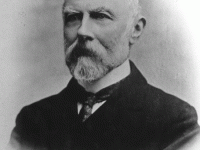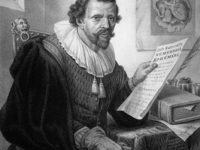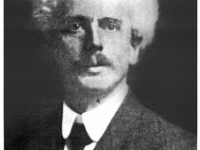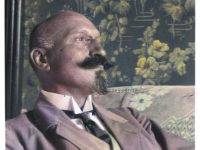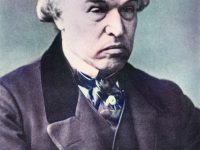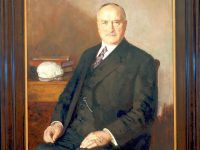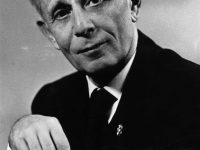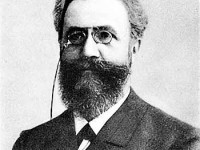Herman Kahn and the Consequences of Nuclear War
On February 15, 1922, American physicist, futurist and system theorist Herman Kahn was born. He became known for analyzing the likely consequences of nuclear war and recommending ways to improve survivability, making him one of three historical inspirations for the title character of Stanley Kubrick‘s classic black comedy film satire Dr. Strangelove.[5] “The difference between megaton and kiloton is very large, in some ways larger than the difference between kiloton and ton.…
Read more


